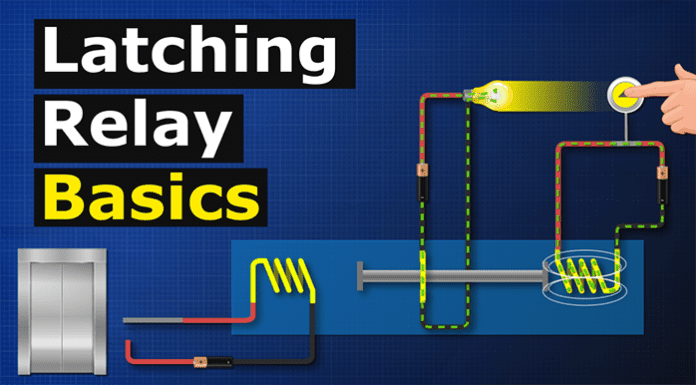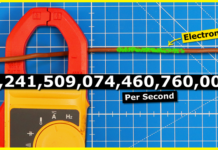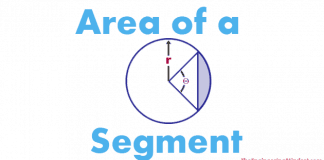Latching relays, how do latching relays work. Learn the basic working principle behind a latching relay in this video on latching relay working principles.
Scroll to the bottom to watch the YouTube tutorial.
In a standard, normally open relay. Once the primary circuit is deenergised, the electromagnetic field disappears and the spring pulls the contactor back to its original position. But sometimes we we want the secondary circuit to remain live after the primary circuit is reopened. For that, we can use a latching relay. For example, when we press the call button on an elevator, we want the light on the button to remain on so that the user knows the elevator is coming.
So we can use latching relays to do this. There are many different designs for this type of relay, but in this very simplified example, we had three separated circuits and a piston which sits between them. The first circuit is the call button, the second is the lamp, and the third is the reset circuit. When the call button is pressed, it completes the circuit and powers the electromagnet. This pulls the piston and completes the circuit to turn the lamp on.
A signal is also sent to the elevator controller to send the elevator down. The button is released. This cuts the power to the initial circuit, but as the piston isn’t spring loaded, it stays in position and the lamp remains on. Once the elevator car reaches the lower floor, it makes contact with the off switch. This powers the second electromagnet and pulls the piston away, cutting the power to the lamp.
Latching relays, therefore, have the benefit of having positional memory. Once activated, they will remain in their last position without the need for any further input or current.



















It is very useful to understand the basic of relays:).